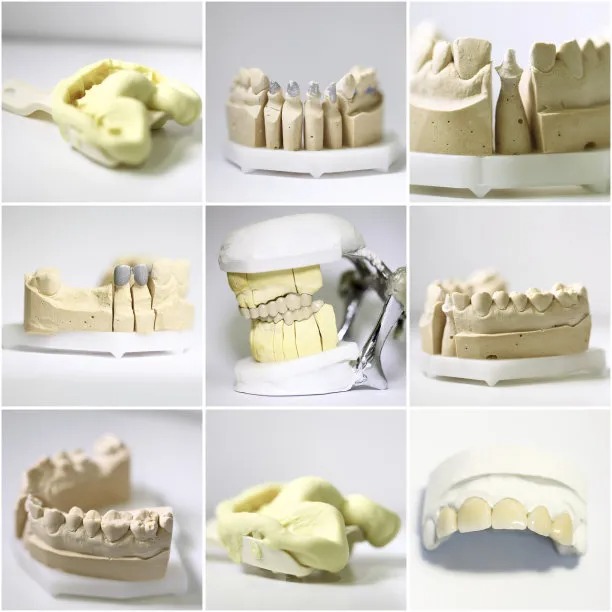The Essential Guide to Safely Extracting a Tooth and Promoting Post-Extraction Oral Health Tips
Summary: Tooth extraction may seem daunting, but understanding the process and following proper aftercare can make a significant difference in your oral health. This comprehensive guide walks you through the essential steps of safely extracting a tooth, covering the importance of preparation, the extraction process itself, managing pain and discomfort post-extraction, and ways to promote healing and maintain oral hygiene following the procedure. By becoming acquainted with these key aspects, you can minimize risks and enhance your recovery, ensuring a smoother transition after tooth extraction.
1. Importance of Proper Preparation Before Extraction

Before any dental procedure, preparation is vital. Understanding the reasons behind the extraction is crucial, as it helps in both preparing the individual mentally and physically. Consult with your dentist to discuss why extraction is necessary, whether due to decay, crowding, or other dental issues. Knowing what to expect can alleviate anxiety.
Gathering your medical history is another significant preparatory step. This includes informing your dentist about any current medications you are taking, existing medical conditions, and allergies. This information is vital for your dentist to plan the procedure safely and effectively.
Finally, preparing for the procedure means arranging for aftercare. Depending on the complexity of the extraction, you may need someone to accompany you home post-procedure. Ensuring that you have necessary supplies, such as ice packs and over-the-counter pain relief, will facilitate a smoother recovery process.
2. The Process of Tooth Extraction Itself
The tooth extraction process typically begins with local anesthesia to numb the area surrounding the tooth. This step is crucial as it minimizes discomfort during the actual extraction. The dentist will explain the procedure to you and answer any questions to ensure you feel at ease.
Once numb, the dentist will use specialized tools to loosen the tooth gently. In simple extractions, the tooth is usually pulled with forceps. However, in more complicated cases, such as impacted wisdom teeth, an incision may be necessary to remove the tooth in sections.
Throughout this process, communication with your dentist is key. Let them know if you feel any discomfort, and don’t hesitate to ask for breaks if needed. Understanding your comfort and ensuring clarity can enhance your experience during tooth extraction.
3. Managing Pain and Discomfort After Extraction
Post-extraction pain is a common experience, so managing it effectively is critical. Following your dentists instructions regarding pain medications will help control discomfort. Over-the-counter pain relievers, such as ibuprofen or acetaminophen, are usually recommended unless otherwise specified.
Icing the area where the extraction occurred can reduce swelling and numb pain. Applying ice packs wrapped in cloth for 15-20 minutes every hour during the first 24 hours can significantly help alleviate discomfort.
Keeping your head elevated while resting or sleeping can also ease swelling and pain. Utilize pillows or a recliner chair to ensure youre in a comfortable position that promotes healing and minimizes discomfort during recovery.
4. Promoting Healing and Oral Hygiene Post-Extraction
Maintaining oral hygiene is essential after tooth extraction to prevent infection and promote healing. However, it’s crucial to be gentle in the first few days. Avoid vigorous rinsing of your mouth but continue to brush your teeth carefully, keeping away from the extraction site.
Incorporating a soft diet post-extraction can facilitate healing. Foods like yogurt, applesauce, and mashed potatoes are excellent choices that require minimal chewing. Avoid hard, crunchy, or spicy foods that could irritate the area.
Additionally, staying hydrated and following your dentists guidelines about when you can return to normal activities and dietary habits is crucial for a smooth recovery. Regular follow-up appointments may be necessary to ensure that your recovery progresses positively.
Summary:
This article serves as an all-encompassing guide to safely extracting a tooth and emphasizing the importance of post-extraction care. From understanding the significance of preparation and the extraction process itself to managing discomfort effectively and promoting oral hygiene, each aspect plays a vital role in your recovery. By following these tips, you can ensure a better foundation for your oral health moving forward.
This article is compiled by Vickong Dental and the content is for reference only.



